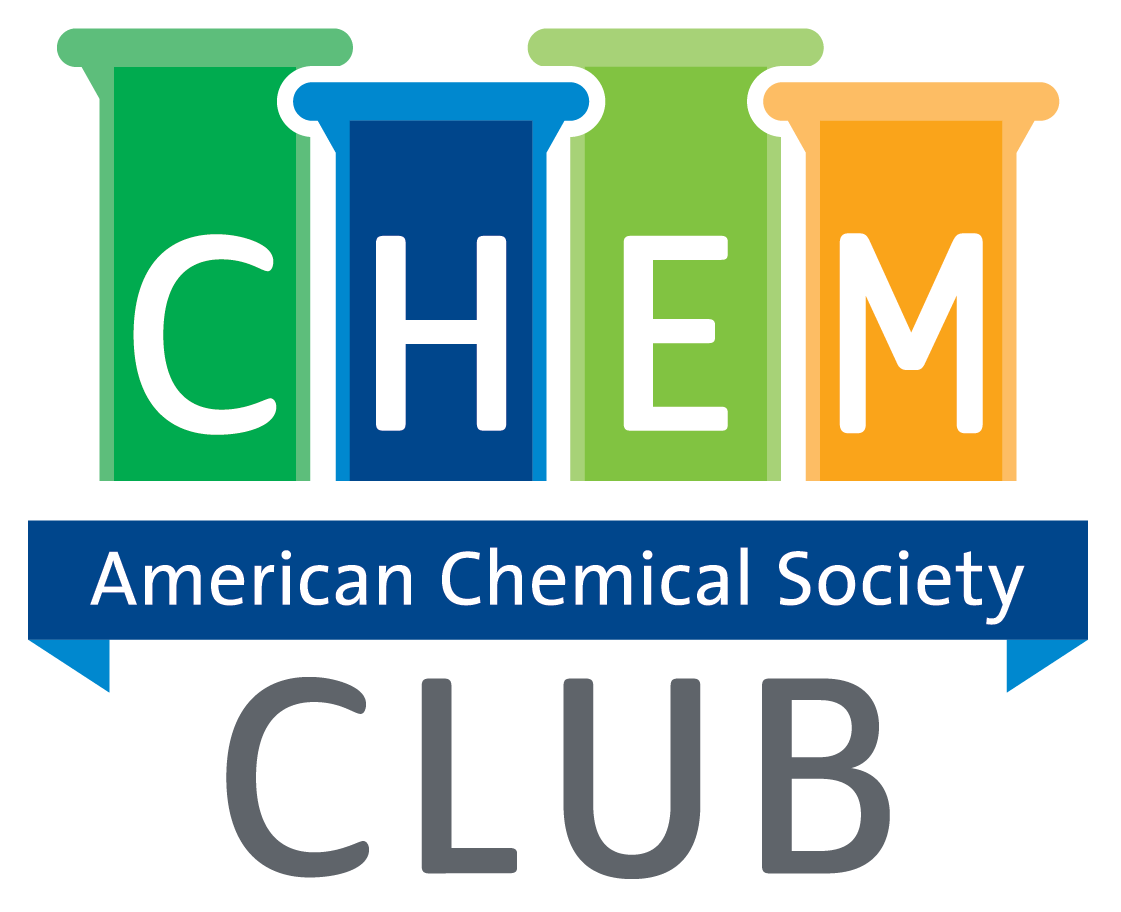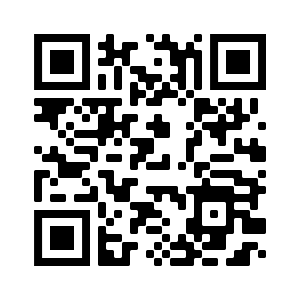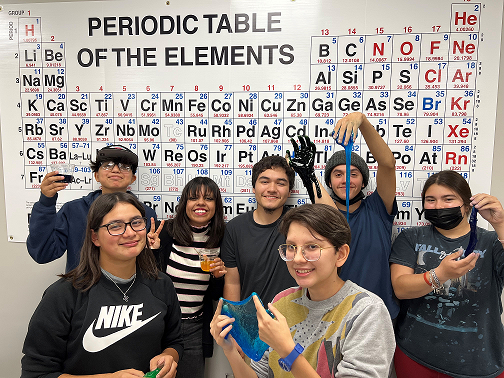Mr. Glass has been a science teacher for over fifteen years, and is currently teaching chemistry at ALA at Fox Tech. He brings to the classroom his experiences as a Texas Master Naturalist, Instructional Dean of Science, laboratory research assistant, freelance web designer, and corporate manager. Mr. Glass was also named Time magazine's 2006 Person of the Year.
He really enjoys teaching, learning, and exploring our natural world as well as books, music, and film.
Oh, and he has a beard.
After growing up in a military family and living around the world, Mr. Glass moved back to San Antonio and to SAISD. He is really, really lucky to be married to his best friend of over thirty years. Together with their son, they are voluntary participants in a long-term experimental ecosystem consisting of three humans (Homo sapiens), three cats (Felis silvestris catus), eight fish (Carassius auratus, Paracheirodon innesi, Pseudacanthicus spinosus, and Xiphophorus helleri), thirty-six shrimp (Neocaridina davidi), thirty-two plants (mostly Lamiaceae), and ten unidentified species of snail.

Interested in joining Chem Club?
Chemistry Club, also known as Chem Club, provides students with a unique opportunity to experience chemistry beyond the classroom.
Supported by the American Chemical Society, Chem Club invites high school students after school to explore the ways that chemistry connects to their world.
Chem Club provides opportunities to learn about the many fields of chemistry, provide community service, and develop leadership and communication skills.
For more information, contact Mr. Glass, the teacher advisor for Chem Club. Sign up using the QR code below or go to this link.

